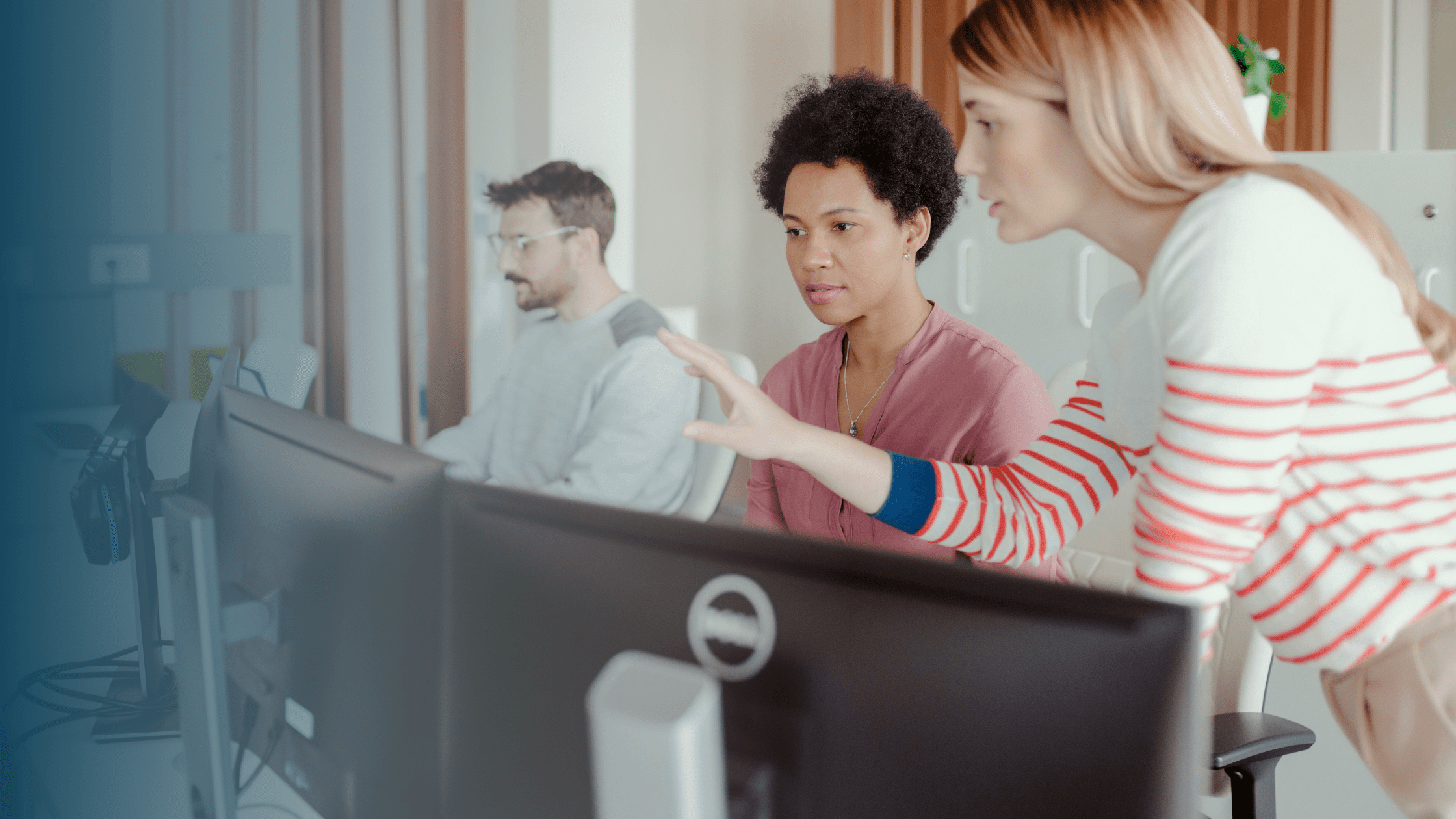
The work behind Hybrid Work
Cultural developments in the hybrid environment
In an informative webinar hosted by Seatti Johanna Bath and Ute Fischer explore the concept of hybrid work and the organizational challenges associated with it. There are valuable insights and first-hand best practices in the video to help develop and implement hybrid work strategies. The exciting discourse is available as a free video on YouTube to watch.
In the webinar, it becomes clear that there are always headwinds when developing hybrid workplace structures. Ute Fischer from the transformation process at OSRAM also confirms this. Accordingly, it is not about finding compromises to achieve the greatest possible satisfaction among employees. It's about a clear goal and a clear strategy: How do we want to work? And how do we implement it? It is worth investing time from the outset to involve the employees. Because that way there is transparency and the greatest possible acceptance.
Three questions for Ute Fischer
Ute Fischer was instrumental in the introduction of Hybrid Work and Desk Sharing at OSRAM, one of the leading manufacturers of products and solutions in the field of visible and invisible light. We asked Ute Fischer about the transformation process of the internal office space and got exciting insights.
What prompted you at OSRAM to tackle the topic of hybrid work and thus also the conversion of office space?
Ute Fischer: In the wake of the Corona pandemic, we asked ourselves what working in the office might look like in the future. We already had very modern open-plan offices, but the majority consisted of a large number of empty desks. Therefore, it was clear to us very quickly that only a shared desk concept would come into question, in which we would reduce the number of desks, but at the same time increase the quality of the office space. So the focus was primarily on the togetherness in the office and which different work and meeting zones we need at OSRAM.
Through Ambassadors, you strongly involved the employees in the process. Would you do it that way again? What were the lessons learned?
Ute Fischer: Change management and the involvement of colleagues was a central point of our project. It was important to us that there was a good exchange of information between the project team and employees, despite purely digital communication during the Corona pandemic. This was only possible by having central ambassadors in each unit who served as a mouthpiece to the organization. When selecting ambassadors, it should also be clearly communicated at the outset what the expectation and task is for them. It should be someone who has a good connection to the teams, is open to new ideas, and takes the concerns and needs of colleagues seriously and can pass them on to the project team.
What surprised you about the project? What are some tips you would like to share?
Ute Fischer: We were surprised at how open the employees were to the new concept. The Corona pandemic has forced us all to be more flexible and to find out for ourselves how and where we work best. It is all the better if there is then also the possibility of adapting the office to future needs in such a way as to support this change. However, it is important that the process does not end once the space has been occupied and that employees continue to be supported and adjustments are made where necessary. Last but not least, one recommendation is to win over the board of directors or management as a sponsor here and to use them as a role model.
